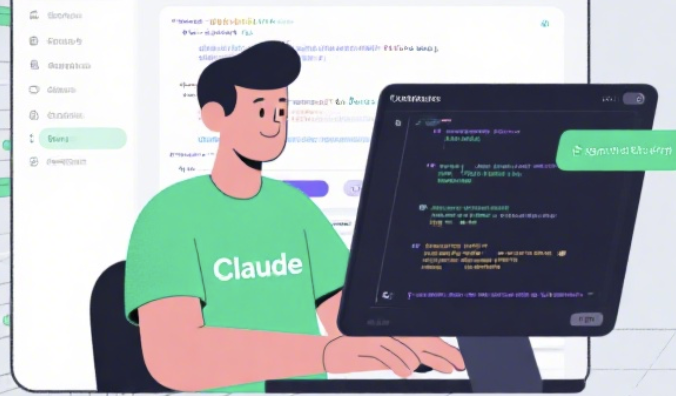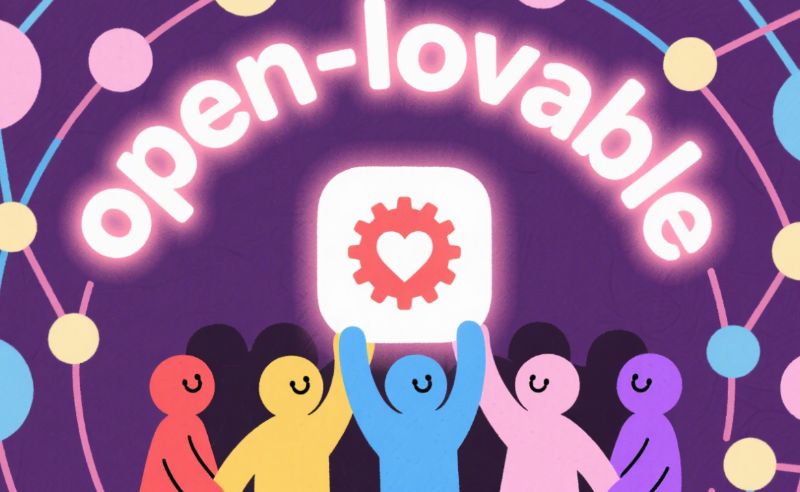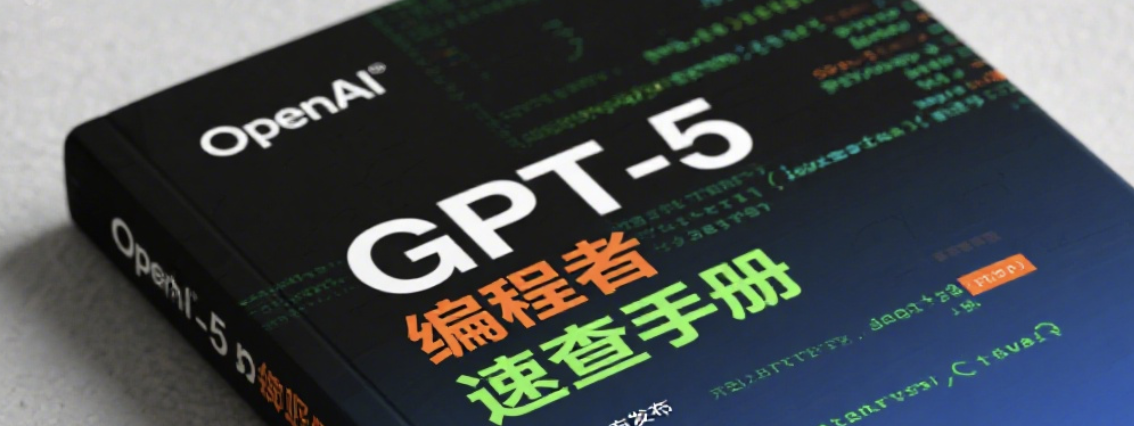Claude Code and Claude App launch new learning modes and output style customization features. Anthropic has released the latest update to Claude Code and Claude App, introducing new learning modes and output style customization features. Users can not only get more active guidance in learning scenarios, but also customize Claude's communication methods through the /output-style command to achieve a more personalized interactive experience.
1. Claude Code adds output style function
- Users can use
the /output-stylecommand to switch between different communication styles. - There are two built-in presets:
- Explanatory mode: Claude provides detailed explanations, reasoning processes, and best practice recommendations as tasks are completed.
- Learning mode: Claude inserts
TODO(human)in the appropriate places, allowing users to participate in coding and achieve interactive learning. - Developers can create custom styles with
/output-style:new, and the configuration file is saved in~/.claude/output-styles, which can be called across projects.
2. Claude App learning mode is fully open
- The learning mode that was originally only for education users is now open to all users.
- In everyday conversations, Claude helps users understand the essence of concepts by asking questions, guiding them, and explaining step-by-step rather than simply giving answers.
- This approach is closer to "mentor-style" guidance and enhances the initiative of the learning process.
3. Technical details and developer value
- output style configurations are stored in
.claude/settings.local.jsonfor easy reuse between different projects. - The output style only affects how Claude is expressed, not its core functions such as running code, file manipulation, or task tracking.
- The combination of learning mode and output style can be widely used in education, R&D, and teamwork scenarios.
4. The importance of renewal
- Enhance learning initiative: From passively receiving answers to active participation, the learning effect is more profound.
- Personalized Interactions: Users can customize Claude's expressions according to their needs.
- Developer-Friendly: Better suited for teaching assistants, code review tools, or team knowledge collaboration platforms.
FAQs
: Can I use both Explanatory and Learning modes?
A: You can only enable one style at a time, but you can customize the style to combine elements of both modes.
Q: Where are custom style files stored?
A: Saved at ~/.claude/output-styles and can be used across projects.
Q: Does the output style change the core functionality of Claude?
A: No, it only changes the output method and does not affect the basic functions of Claude Code.




